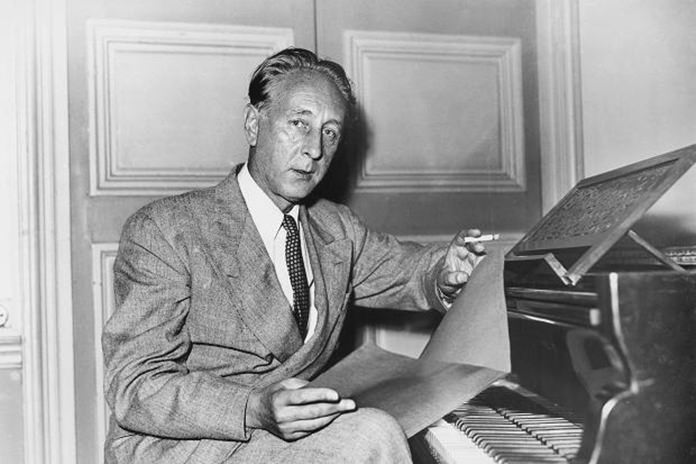
The other day, I discovered something I should have realized years ago; that 8th December was the birth date of the composers Sibelius and Martinu, both of whom would appear on my list of personal favourites, should I ever be asked to compile one.
I discovered the wonders of Sibelius when I was about thirteen. It was his second symphony and I was playing the cello somewhere near the back desk of a youth orchestra. The cellos were led by a tall and imperious girl who earned herself the slightly derisive title of “High Priestess of the cello section”. I often wonder what happened to her.
Playing a Sibelius symphony in an orchestra is always a richer experience than being in the audience because you become acutely aware of the sense of continuous organic growth within the music. Anyway, the result was that for a good few years I became hooked on Sibelius. In some ways I still am.
A year or so later I discovered the music of Martinu when I happened to hear his third cello sonata on the radio. Oh, and what excitement it caused! I raced down to the music shop to order the recording and the printed music, for we lived out in the sticks and things like records and sheet music had to be ordered from afar. When the music finally arrived, to my dismay it was technically beyond me. Even so, I developed a soft spot for the music of Martinu and eventually acquired the largest collection of Martinu records in town.
Some writers have accused Martinu of note-spinning and I have to admit that sometimes he does go on a bit. Perhaps they were merely envious of someone who was so prolific, for he wrote nearly four hundred works including six symphonies, fifteen operas, fourteen ballet scores and a huge amount of large orchestral and chamber music.
Bohuslav Martinu (1890-1959): String Quartet Nr.7 Concerto da camera. Kubin Quartet (Duration: 00:28; Video 360p)
The Czech composer Martinu wrote eight string quartets, more if you include his childhood compositions. The seventh quartet is one of his most approachable and was composed in New York in 1947. The subtitle Concerto da camera (a kind of chamber concerto popular with Vivaldi and Telemann) gives the game away that this is a neo-classical work. In case you’d forgotten, this was a musical style popular among composers the 1920s and 30s which took eighteenth century musical forms and techniques and placed them in a twentieth century context. The Kubin Quartet gives an excellent performance and as a bonus, you get a couple of encores by two other Czech composers. You can probably guess one of them.
The quartet is cast in three movements and the opening bars sound a bit like Stravinsky, but most neo-classical music sounds a bit like Stravinsky. The slow movement (at 07:22) is a lovely lyrical piece that shows Martinu skill in creating gorgeously rich harmonies and his gift of writing singing melodies. He did after all, write fifteen operas. At first, the final movement (at 15:34) sounds a bit Haydnesque and it’s all jolly, light-hearted stuff though there’s some clever string writing and some attractive fragments of melody.
Incidentally, Martinu was the son of a shoemaker and spent most of his childhood living in a church tower. Not many people know that.
Jean Sibelius (1865-1957): String Quartet Op. 56 (Voces intimae). casalQuartet (Duration: 32:11; Video: 2160p 4K UHD)
Just in case you’re wondering, the casalQuartet (sic) use this slightly irritating interchange of upper and lower case letters presumably to distinguish themselves from the Casals quartet which was formed in Spain at around the same time twenty years ago.
As a student, Sibelius composed several string quartets but then left the genre completely alone until 1909 when he wrote this one during his stay in London. Chronologically it sits between his third and fourth symphonies and has five movements instead of the more usual four. The Latin subtitle means “Intimate Voices” but you’ve probably worked that out already.
From the start, the distinctive sound-world of Sibelius emerges, yet at the first performance in 1910 the Finnish critic dryly observed that while it was a brilliant work it was “not a composition for the public at large, it is so eccentric and out of the ordinary”. Perhaps in 1910 it might have seemed “eccentric” but that was over a hundred years ago and musically we’ve moved on.
I think this quartet could be enjoyed by anyone, but I’ll leave you to be the judge of that. Anyway, because of the wonderful high definition you can enjoy this superb performance on a big screen. Of course, if you select the high resolution option, you’ll need a half-decent processor in your computer and super-fast internet connection.
 |
 |
 |





